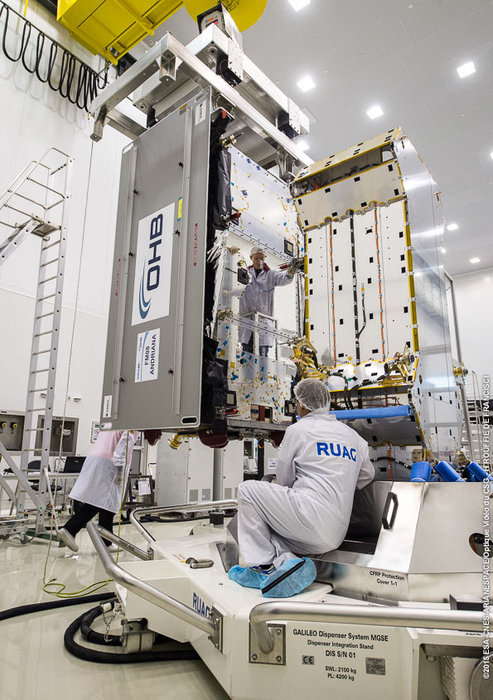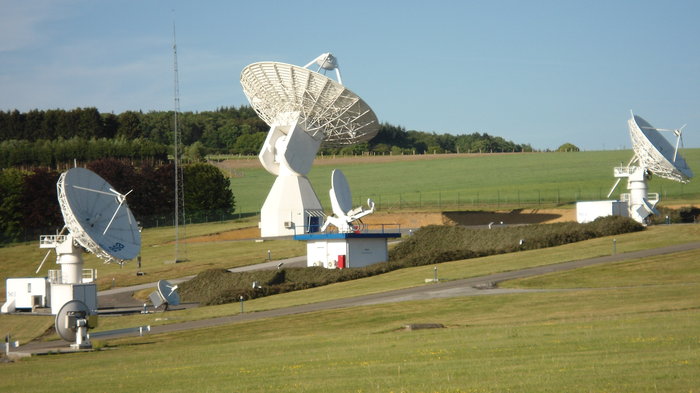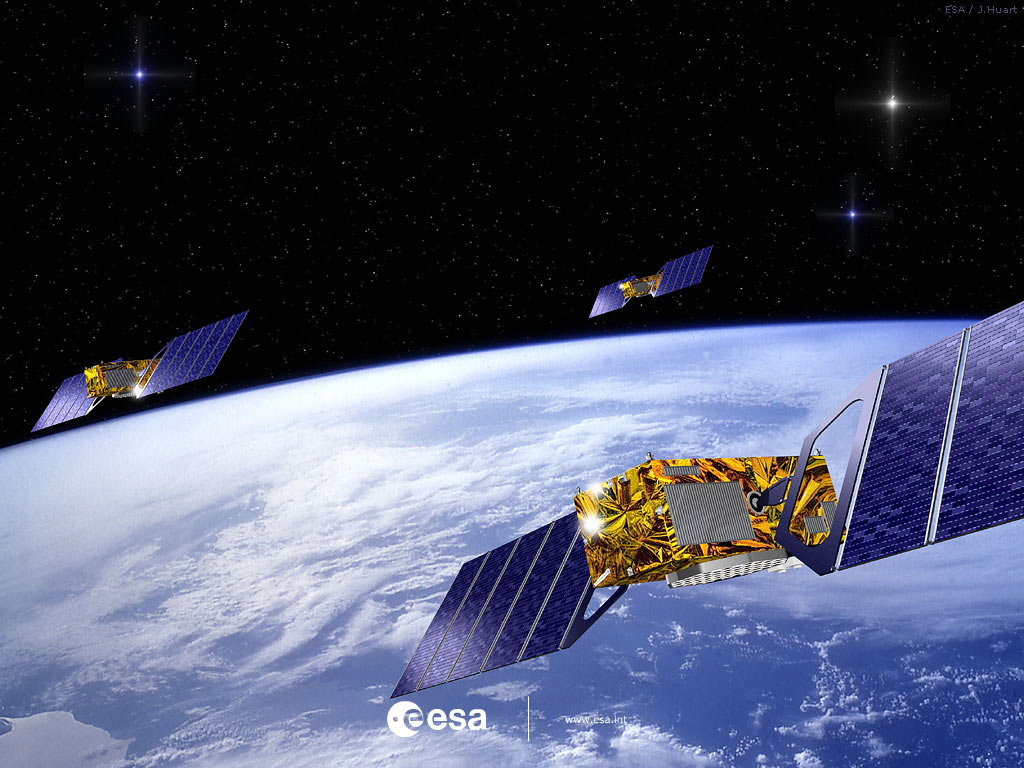Two further satellites — increasing the total number to 16 — have formally become part of Europe’s Galileo satnav system, broadcasting timing and navigation signals worldwide while also picking up distress calls across the planet.
These are the 15th and 16th satellites to join the network, two of the four Galileos that were launched together by Ariane 5 last November, and the first additions to the working constellation since the start of Galileo Initial Services in December.
Two further satellites — increasing the total number to 16 — have formally become part of Europe’s Galileo satnav system, broadcasting timing and navigation signals worldwide while also picking up distress calls across the planet.
These are the 15th and 16th satellites to join the network, two of the four Galileos that were launched together by Ariane 5 last November, and the first additions to the working constellation since the start of Galileo Initial Services in December.
The growing number of Galileo users around the world will draw immediate benefit from the enhanced service availability and accuracy brought by these extra satellites, said the European Space Agency (ESA).
The launch into space and the maneuvers to reach their final orbits still left a lot of rigorous testing before the satellites could join the operational constellation.
Liftoff of Galileo Quartet
Their navigation and search and rescue payloads had to be switched on, checked and the performance of the different Galileo signals assessed methodically in relation to the rest of the worldwide system.
This lengthy testing saw the satellites being run from the second Galileo Control Centre in Oberpfaffenhofen, Germany, while their signals were assessed from ESA’s Redu center in Belgium, with its specialized antennas.
The tests measured the accuracy and stability of the satellites’ atomic clocks – essential for the timing precision to within a billionth of a second as the basis of satellite navigation – as well as assessing the quality of the navigation signals.
Surveying with Satnav
Oberpfaffenhofen and Redu were linked for the entire campaign, allowing the team to compare Galileo signals with satellite telemetry in near-real time.
Making the tests even more complicated, the satellites were visible for only three to nine hours a day from each site.
Galileo’s Redu Antenna
The satellites are now broadcasting working navigation signals and are ready to relay any Cospas–Sarsat distress calls to regional emergency services. Now that these two satellites are part of the constellation, the remaining pair from the Ariane 5 launch is similarly being checked to prepare them for service.
The European GNSS Agency (GSA), along with the European GNSS Service Centre (GSC), had recently announced the commissioning of the two additional Galileo satellites.
The GSA announced the completion of in-orbit testing (IOT) of the two new Galileo satellites, GSAT0207–SV ID 07- and GSAT0214–SV ID 05-, which were launched in November last year. Having passed all initial tests, the two satellites were officially commissioned for operational use and are usable for service provision, as stated in the most recent NAGUs published on the GSC web portal (NAGU 2017017 and NAGU 2017018).
The satellites were launched along with two others (GSAT0212 –SV ID 03- and GSAT0213 –SV ID 04-) from Kourou in French Guiana on November 17, 2016. They were the first to be launched using an Ariane 5 rocket.
Additional satellites will be launched over the course of the coming years, enlarging the Galileo constellation and gradually improving Galileo’s global performance. The constellation is set to reach full operational capability in 2020.
For more on how the Galileo Search and Rescue system is helping save lives, click here. Additionally, plenty more on Galileo services can be found by watchingthe Inside GNSS webinar “GALILEO: Dawn of a New Age of GNSS Service”, or by reading Galileo’s Commercial Service Implementing Decision Adoption to Bring Added Value to Users.






